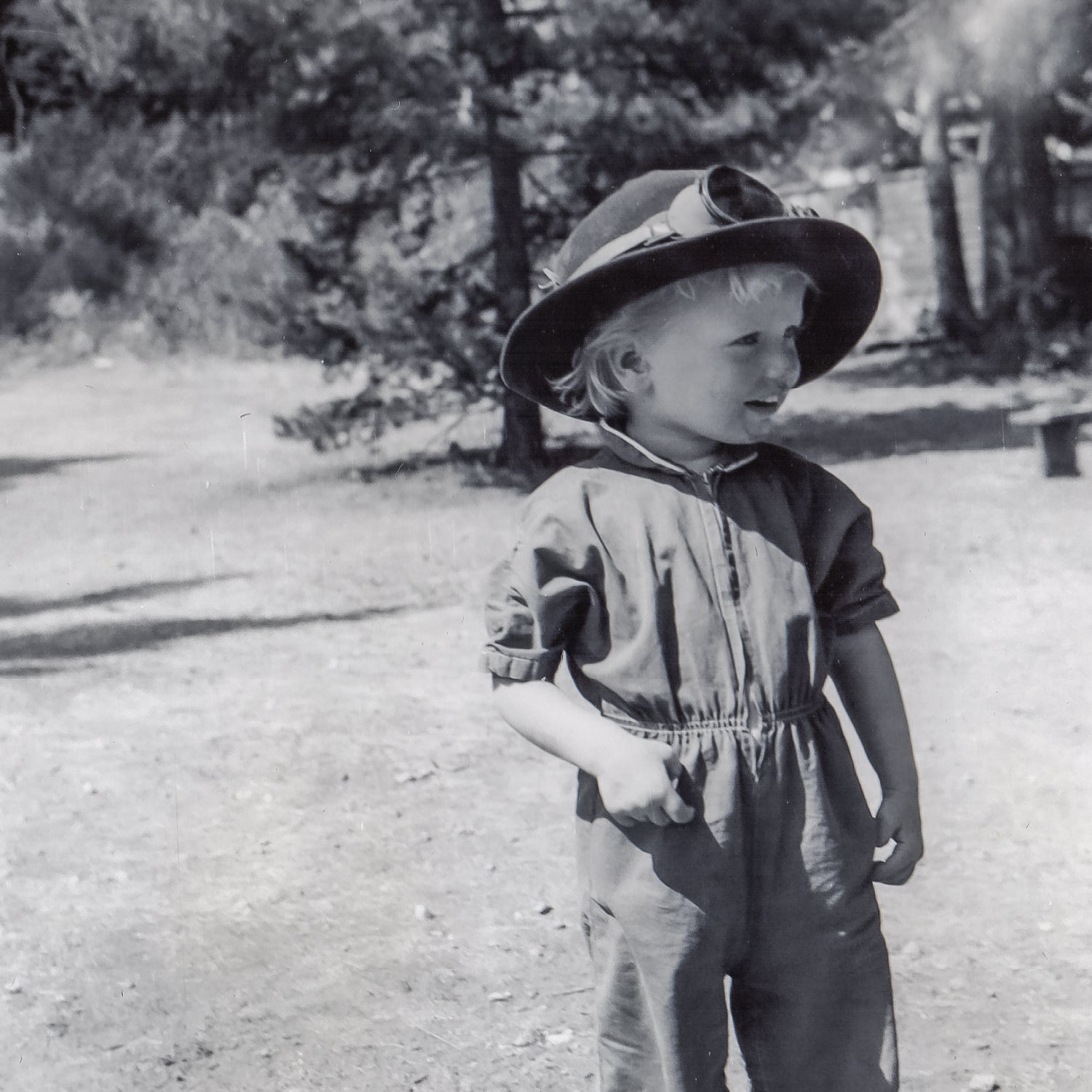A Mountain Called Her Home
In 1976, Nanda Devi Unsoeld, the daughter of legendary alpinist Willi Unsoeld, died while climbing the massive Indian peak for which she was named. Decades later, friends, family, and surviving expedition members offer insights into what went wrong during this controversial adventure, shedding light on an enigmatic young woman who lived without limits.
New perk: Easily find new routes and hidden gems, upcoming running events, and more near you. Your weekly Local Running Newsletter has everything you need to lace up! .
Willi Unsoeld was not yet an American climbing legend when he first saw the Himalayan peak called Nanda Devi. Known to locals as the mountain of the bliss-giving goddess, it rises to 25,645 feet, forbiddingly guarded by a ring of lesser peaks in the northeastern corner of India, near the border with Nepal. Reaching the foot of Nanda Devi involves a steep journey up the gorge of the Rishi Ganga River and then a trip through treacherous terrain at 14,000 feet. Unsoeld couldn’t see those obstacles as he gazed at the summit from far away, but for the rest of his life he would recall his thought at that moment: “I was so struck by its beauty that I realized I needed to get married to have a daughter that I hoped would be beautiful enough to name after Nanda Devi.” The year was 1949. Unsoeld was a 22-year-old college student, traipsing through India on the first of what would be many lengthy explorations abroad.
By 1974, the daughter he’d dreamed of that day, the second-oldest of four children, was a 20-year-old with plenty of international travel under her own belt. She’d been named after the mountain, and she decided she was going to go climb it.
Nanda Devi Unsoeld was all that her father had hoped she’d be, a dreamy and vibrant girl who went by Devi. That year, on her way back from Nepal to her parents’ home in Olympia, Washington, she and her younger brother, Krag, had stopped in Milton, Massachusetts, to visit the mountaineer Ad Carter, an Unsoeld family friend.
Carter had been on the British-American expedition that put the first climbers atop Nanda Devi, in 1936. He taught foreign languages at Milton Academy, an exclusive private school outside Boston, and he often took students on climbing trips in the nearby White Mountains of New Hampshire, where he and his wife, Ann, had a second home in Jefferson. It was there, on a November night in 1974, after a day of climbing with some Milton students, that Devi and Krag talked Carter into planning what would become the joint Indo-American Nanda Devi Expedition of 1976. The three pored over a new photograph of Nanda Devi’s north face. Ultimately, they decided that taking on this side of the mountain, which no one had tried yet, would be a grand way to mark the 40th anniversary of its first ascent. The siblings would be part of the climbing team, which they wanted their father to co-lead with Carter.
Willi said yes without hesitation. As Krag recalls, he and Devi envisioned “a family-based pilgrimage to a holy place,” but Carter, he says, “wanted to make sure that we had a ‘real’ expedition,” with substantial experience, which would require recruiting fresh blood. He invited a handful of Americans who had recently undertaken a successful climb of another difficult Himalayan peak, 26,795-foot Dhaulagiri, to join them.
In late September of 1975, at the Unsoeld home in Olympia, Willi met with 26-year-old John Roskelley, another very accomplished American alpinist, putting plans in motion. They were of different minds about leadership and climbing, and women, too—namely, whether they belonged on major expeditions with men. Roskelley tried to convince Willi not to invite a female climber named Marty Hoey to join the group. He believed that the presence of women could complicate things; he worried that emotions could get out of hand when the two sexes were put together in high-stakes, high-altitude situations.
It didn’t help that Hoey had been dating Peter Lev, another veteran of the Dhaulagiri expedition who they wanted on the team; Roskelley hated the idea of a couple’s quarrels bleeding into the team’s daily demands. He also assumed the climb would be a traditional, equipment-heavy effort, relying on multiple camps and fixed ropes, while Willi and Lev seemed intent on an alpine-style ascent, lighter on ropes and happening fast.
As they wrangled over the climb’s fundamentals, Devi herself burst in, glowing with sweat. She’d just biked seven miles home from a soccer game. Roskelley would later recall his first impression in his 1987 book, , saying that Devi “swept in like a small tornado after an obviously brutal game of soccer.”
In public speaking engagements for the next few years, Willi would sometimes describe this moment, too, including an extra detail about some of the first words out of Devi’s mouth that evening: “You’re Roskelley,” she said. “I understand you have trouble with women.”
“And old John had a little trouble getting over that one,” Willi would add with a laugh.
Roskelley knew that Devi was the instigator of this expedition—Louis Reichardt, his summit partner on Dhaulagiri and another recruit for the upcoming climb, had explained as much—but not until meeting her did he realize how much influence she exerted over those in her orbit. Devi had a captivating smile and a warm, inviting personality. She also had a calm, confident way of articulating her ideas that Roskelley found convincing, despite his sense that many of her opinions were based on emotions rather than experience.
That day in Olympia, Roskelley began to understand the optimism of this young woman, whose opinions would go on to dominate the expedition. He also got used to the idea of Hoey joining the team. Later that night, he phoned Hoey to assure her that, despite what she might have heard, she was welcome and wanted.







